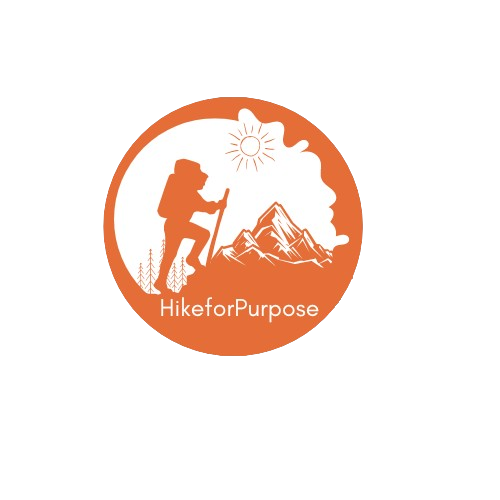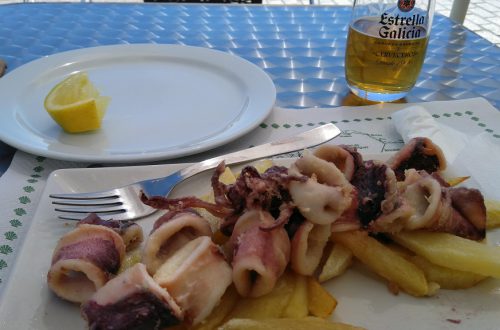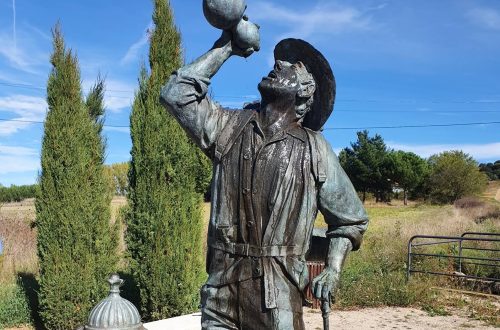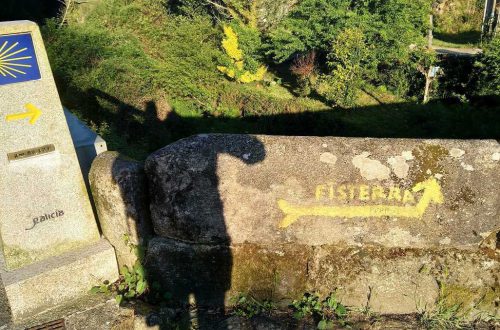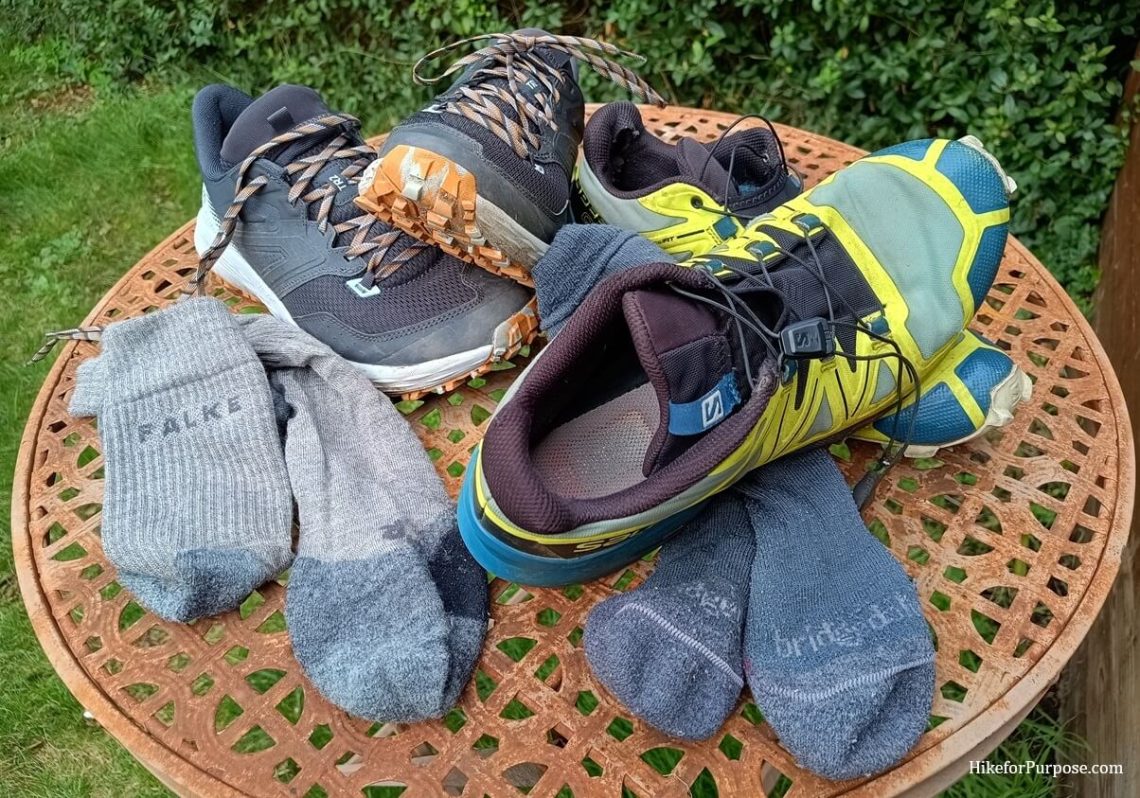
How to avoid Blisters on the Camino
Blisters are an issue that pretty much any hiker will have experience with. Even with your favorite hiking shoes and socks, there’s always a chance. Here is how to do your best to prevent blisters on the Camino.
Affiliate links may be mentioned in this article, by purchasing a product through those links I may receive a kickback. At no extra cost to you.
Trailrunning shoes
My advice is to take Trailrunning shoes instead of heavy hiking boots on the Camino, especially on the Camino Frances or Portuguese. You encounter a lot of different road surfaces, but a good chunk is asphalt. Walking with heavy hiking boots on asphalt is not something I would recommend.
Trailrunning shoes are popular for a reason in the long-distance hiking community, they are way lighter, more breathable, provide more dampening, and do not feel like a chore to walk around in. I used to walk with heavier B-category hiking boots on my hikes, but for years now I have switched over to trailrunning shoes combined with hiking poles.
Brands and models I have experience with are Salomon Speedcross, Kiprun Tr2, and Ultra. I would recommend going out to a store that carries several different models and brands and taking your time trying them out. Walk around for a good half an hour in the late afternoon, when your feet are more swollen than in the morning. If in doubt, always ask if it is possible to try them out at home. Often Outdoor stores will offer a return policy when you only wear the shoes inside.
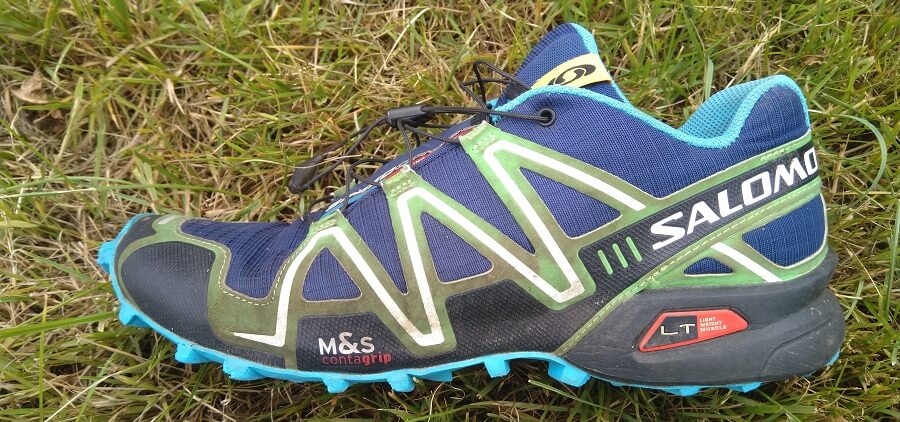
Of course, this is my advice, if you already have hiking boots that you swear by feel free to take them.
Wool hiking socks & liners
Wool hiking socks will forever be my favorite socks when out hiking, in any temperature. I have experience with Bridgedale, Falke, and Smartwool. And from that list, the Falke TK2 Wool has served me the best out on hikes. Good quality hiking socks are pricey but worth it. In America and the last few years in Europe, I have also seen the popularity of Darn Tough socks climb, in the future I will also try them out.
Since discovering the Falke socks I have had minimal problems with blisters, and on the whole Camino Frances starting from Saint-Jean-Pied-de-Port I had a total of 1 blister, and that was due to not paying attention to a pebble in my shoe.
When you are still having issues with blisters I would recommend also taking a look at Liner socks, these have helped many Pilgrims with more sensitive feet.
Keeping your feet Dry, Clean, and Airing them out
A great way to prevent blisters is to make sure your feet stay as dry as possible, this is not always possible in heavy rain, but make sure that on breaks you take your shoes off and socks and let them breathe for the duration of your break. When a pebble stone or other object makes it way into your shoe or sock, always stop first and deal with it. Instead of powering through!
Changing out your socks halfway through the day can also be a countermeasure you can use to combat blisters on the Camino.
When arriving at the Albergue for the day, shower and clean your feet, then instead of putting your hiking shoes back on, slip into (comfortable!) slippers or sandals. These make sure that after the day of hiking, your feet can air out.
Also carry nail clippers or files to touch up your nails, ingrown or too long toe nails can cause painful injuries on the Camino that may put you out of the trail for a day or worse.
Dealing with blisters
If you still have trouble with blisters, then I am afraid you’re going to have to deal with them. Carry alcohol spray, needle, and cotton thread. And hold a blister-popping party. My wife and pilgrim companion had (many) problems with blisters, and there are a number of different ways of dealing with it. Also, take a look at my Hygiene and Personal Care on the Camino article for more info.
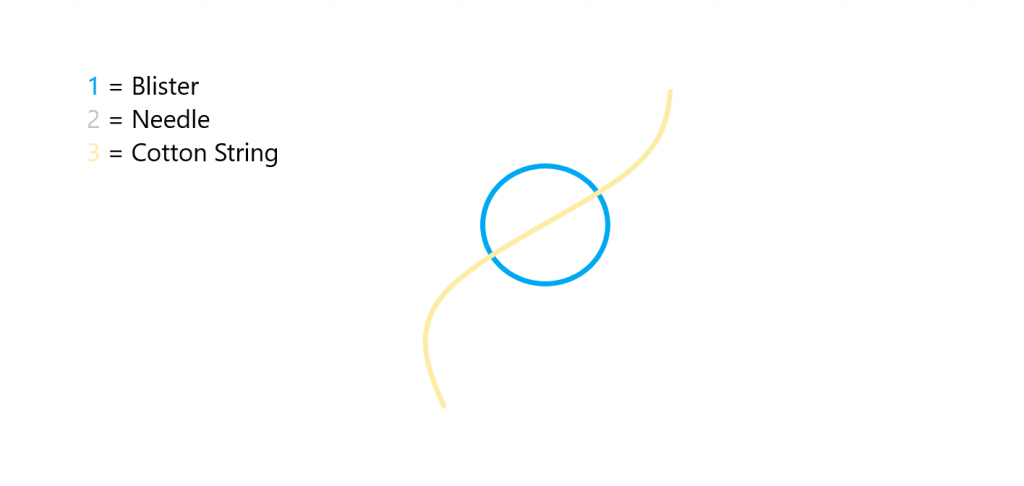
The best way I have found is popping them and trying to get them to crust over as soon as possible by getting air to them and applying Vaseline.
Blister bandaids cause more problems than they fix in my opinion, and the only option that can make a bit of difference is to take some tape to it.
At the end of the day, blisters can be painful, but they only hurt the first hour of your hike. Afterwards, your feet will be more numb.
When you get into serious problems with blisters, don’t be shy to walk or taxi into a local hospital or pharmacy on the Camino. You wont be the first Pilgrim they treat or give counsel to.
Happy hiking and Hike for Purpose!
Buen Camino


